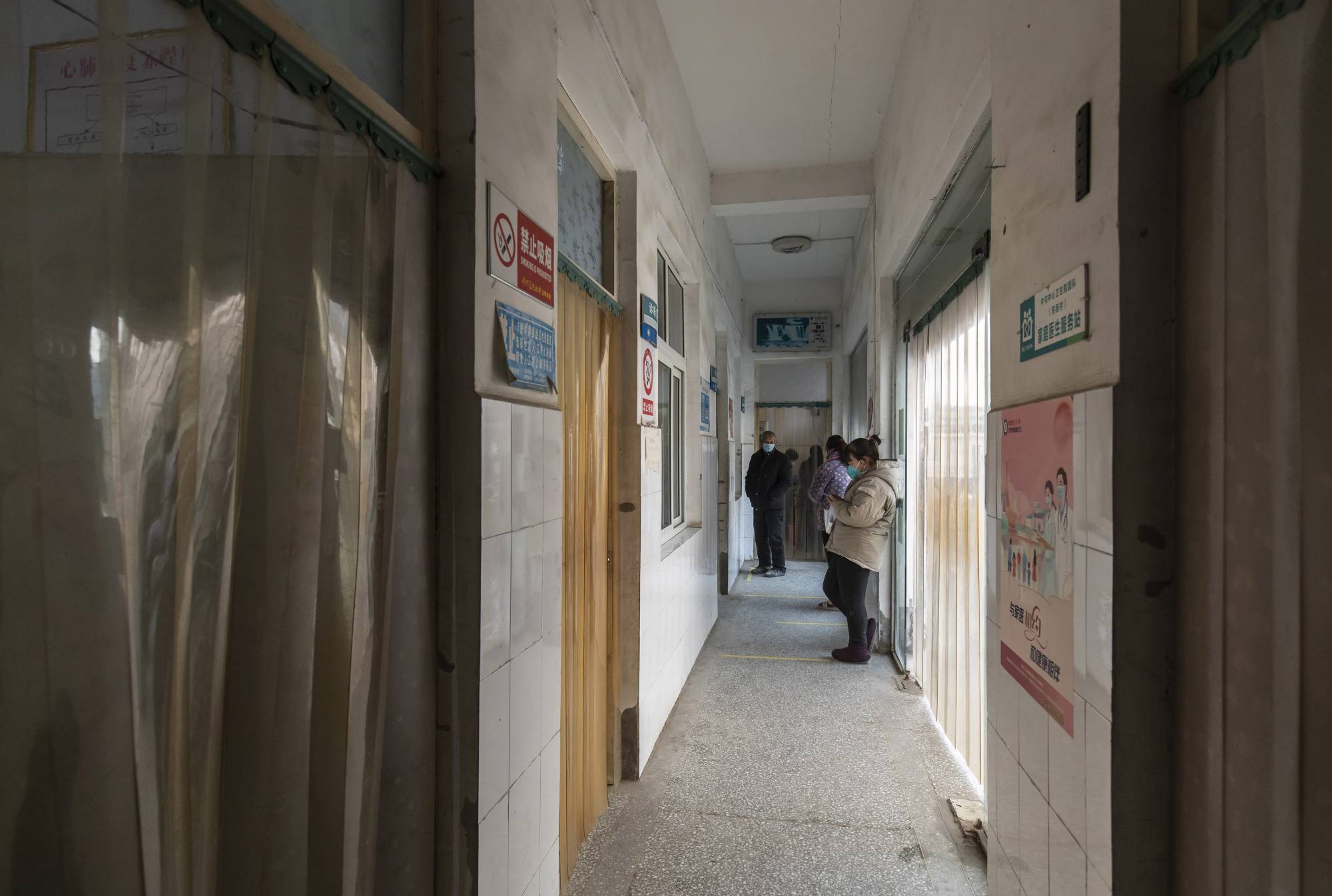In December, China abruptly abandoned its draconian "zero-COVID” policies, battered by a surge of infections and rising public anger against lockdowns. Half a year on, COVID-19 cases again are on the rise, but this time, the nation appears to be determined to press on with normal life as the government focuses on reigniting economic growth.
Although other countries have long settled into such a pattern, it is a shift for China. Until late last year, its national leadership was still ready to lock down whole neighborhoods and districts, even cities, in a bid to stamp out what were sometimes just small clusters of cases.
Chinese health authorities have reported a rise in COVID-19 cases since April, especially from newer subvariants that are spreading across the world. Dr. Zhong Nanshan, a prominent doctor who was among the first to openly confirm in early 2020 that COVID could easily spread among people, estimated Monday that by late June, as many as 65 million people a week could become infected with the coronavirus across China. (That would be up from what he estimated at 40 million infections a week in late May. China no longer publishes regular official nationwide estimates of infections.)


















With your current subscription plan you can comment on stories. However, before writing your first comment, please create a display name in the Profile section of your subscriber account page.